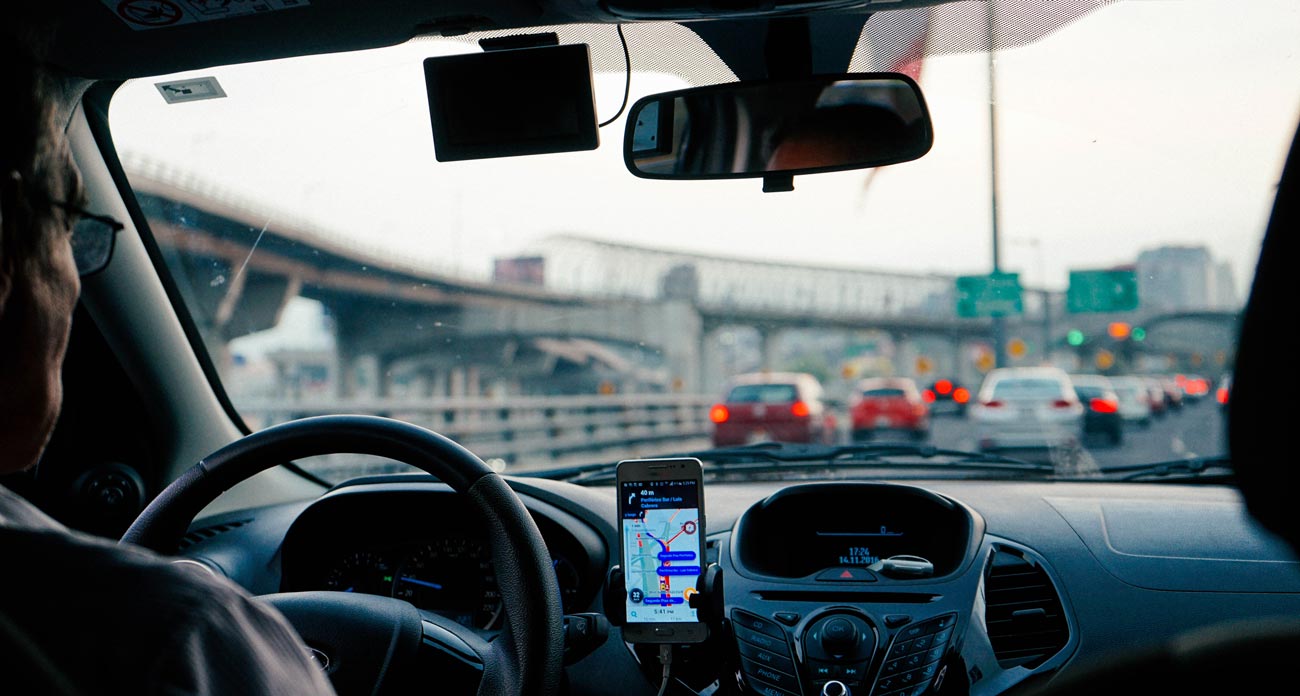Contxto – Amidst a troubling year for ride-hailing apps in Colombia, MAT makes its appearance with an innovative, employee-owned business model.
Back in January, Uber was banned in Colombia after being accused of unfair competition practices by the Colombian Superintendency for Industry and Commerce. Like a phoenix rising from the ashes, the ride-hailing app returned in February by means of a legal loop-hole.
Other ride-hailing apps like Didi, Cabify, and Beat, have also been struggling to maintain their operations. The Colombian government is pressuring the companies to adjust their policies to the national legal system, while riders insist on using ride-hailing apps instead of taxis.
Meanwhile, the drivers caught inside this turmoil are the ones most visibly affected by this conflict in terms of salary and worker benefits.
In view of this context, MAT makes a heroic appearance in the Colombian ride-hailing saga by introducing a business model in which drivers become shareholders just by working for the company.
What is appealing about this is that drivers will earn more money as the company grows. They are not just employees, they take part in the ownership of the company.
Your MAT ambassador is arriving
The employee-ownership model is MAT’s most attractive feature.
This explains why MAT has chosen to call drivers “ambassadors”. As stated in MAT’s official website, each driver is not just an employee, but a shareholder and a representative of the company.
We can find similar instances of this with, for example, Uber’s usage of the term “partner”, a legal term that distinguishes drivers from employees. Uber states that it works with partners because it provides drivers with “business opportunities”, rather than hiring them for a transportation company.
However, this is tricky terminology because, despite working with “partners”, Uber acts in most instances as an employer but without offering the benefits that the law guarantees to employees.
As we can see, drivers for ride-hailing companies are often at a disadvantage. This is why MAT’s approach is different and appealing to both drivers and riders, who would surely benefit from being driven around by one of the company’s owners.
Benefits of an employee-ownership business model
The employee-ownership model, used by companies like Huawei and American supermarket chain Publix, is known to increase the employee’s commitment to their work, their motivation, and to generate a more democratic environment within the company.
Research shows that it improves job satisfaction and that worker’s value shared ownership of the company even more than earning additional money. It is therefore, a proven way to incentivize employees while also providing them with the insurance legally required for employees.
Questions, however, remain: Is the employee-ownership model appropriate for a ride-hailing company? Will MAT be able to survive in such a conflicting environment as the Colombian ride-hailing business? Only time will tell.
-BIC






